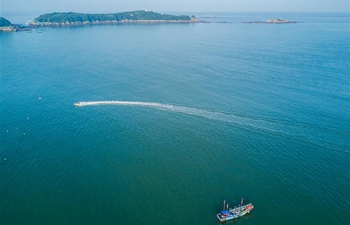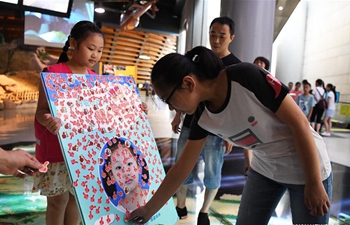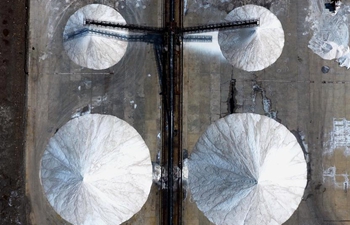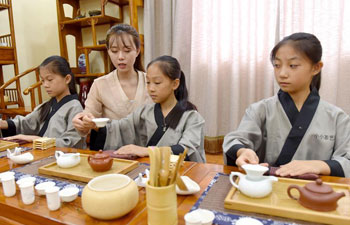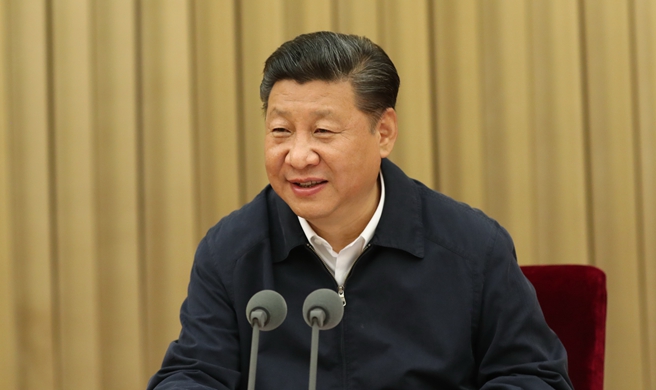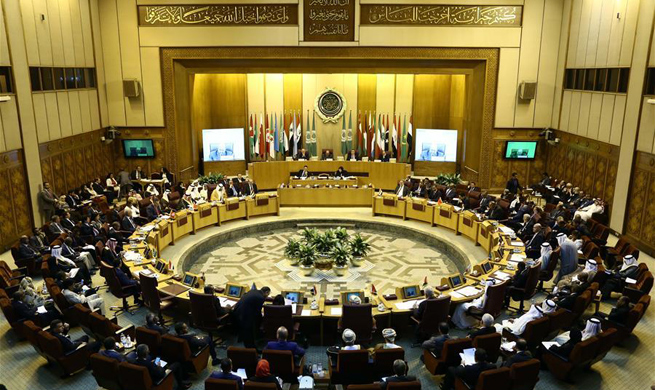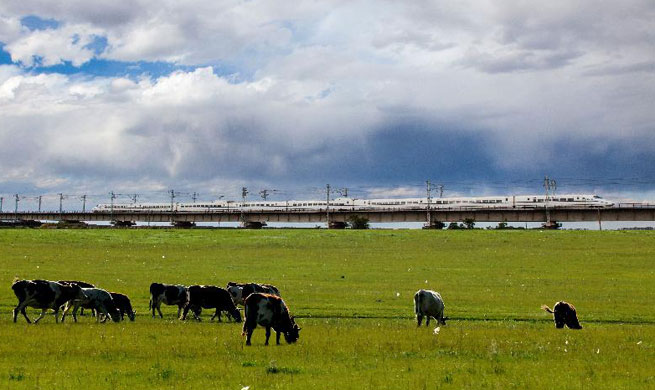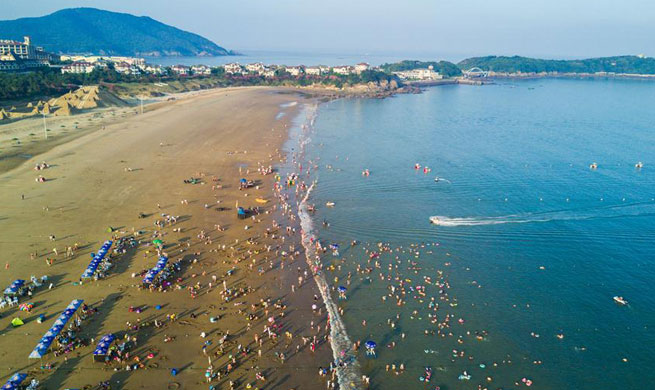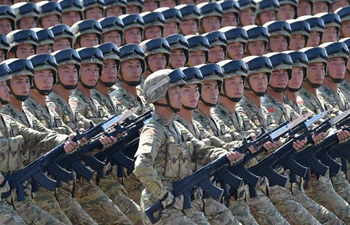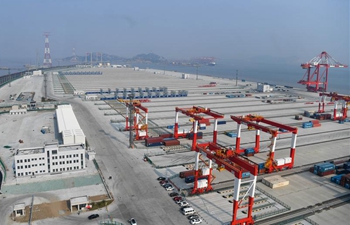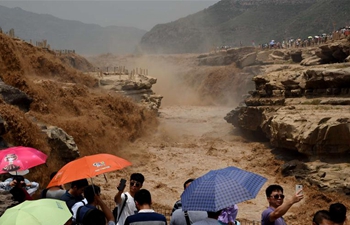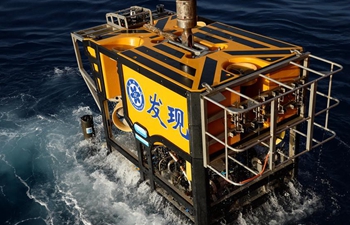VANCOUVER, July 27 (Xinhua) -- Vancouver City staff hoisted two small structures onto a pair of massive ice blocks on Thursday as part of a public experiment to showcase the benefits of super energy-efficient buildings.
In front of about 70 people, the City of Vancouver encased a one-tonne block of ice in a small house-like building designed to standard building code specifications, and a second block of ice of the same size in a building that was designed to Passive House Standard.
It's called the Ice Box Challenge and will continue here until Aug. 14, with members of the public asked to predict how much ice will be left in each building by the end of the competition.
The event is aimed to demonstrate how building designs have improved with simple changes like thicker walls, better insulation, improved windows and proper air circulation increasing efficiency and decreasing greenhouse gas emissions.
The Passive House Standard is a highly-energy efficient design system and certification process that requires almost no energy to heat or cool buildings.
There are currently about a dozen Passive House buildings currently being designed or under construction in the City of Vancouver, including family homes, apartment buildings and commercial spaces.
The city is now amid its so-called Vancouver's Greenest City Action Plan, which aims to make Vancouver the greenest city in the world. The city intends to eliminate dependency on fossil fuels and reduce carbon emissions by 80 percent by 2050.
Expanding the city's inventory of carbon-neutral buildings is a big part of that strategy, and the Passive House Standard is considered an important tool in changing the housing stock, said Vancouver City Councillor, Andrea Reimer at the opening ceremony.
"The reality is that vast majority of new renewable energy in the City of Vancouver will come as a result of more energy efficiency," she said. "It's hard to see energy efficiency and that's why things like the Ice Box Challenge matter for us."
She said the melting ice inside the standard building is expected to showcase how much energy and money is lost due to inefficient buildings.
"We need all of our new buildings to be zero emissions by the year 2030, and Passive House Standard is one way to get us there," she said.
British Columbia's new Environment and Climate Change Minister George Heyman said he has seen a presentation of Passive House technology and appreciates the benefits the design program provides.
"They are a very, very, very important part of tackling climate change," he said. "What's good for the environment is good for people."
The B.C. Green Party recently formed a coalition government with the New Democrat Party in the province of B.C., bringing the environment-first party into government here for the first time. Green provincial legislature member Adam Olsen from Vancouver Island joined the event.
He said people often plan and design their homes backwards.
"We often focus mainly on what the countertops are going to look like, or what the cabinets are going to look like, or what the siding is going to look like first, before we talk about what the insulation and the building envelope and the structure and the integrity of that structure," he said.
Passive House shows that the structure is really the most important element of a home, he said.
Vancouver-area residents can make their estimates online about how much ice will remain in each building over the next 18 days.





